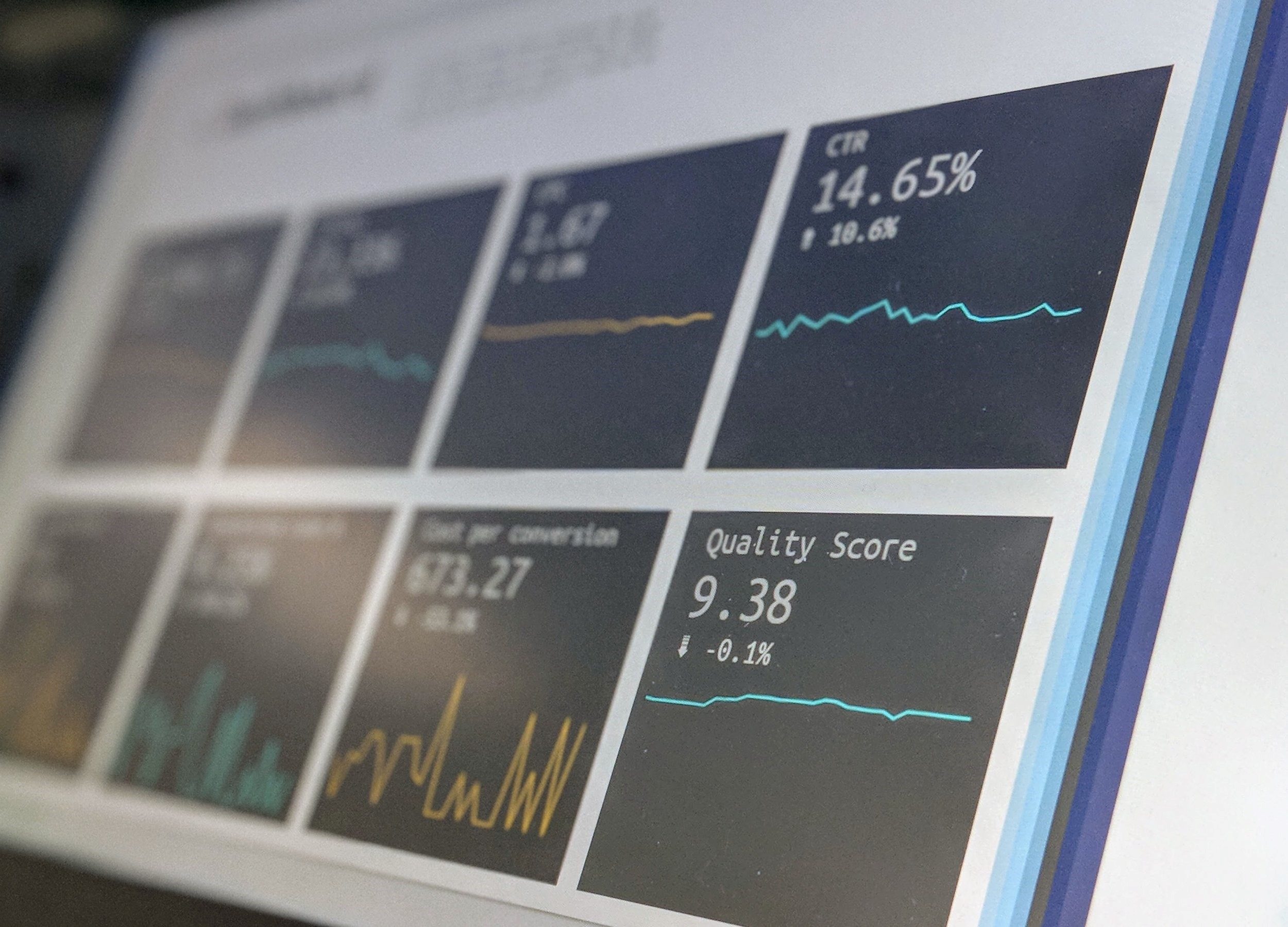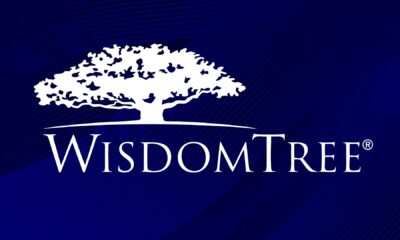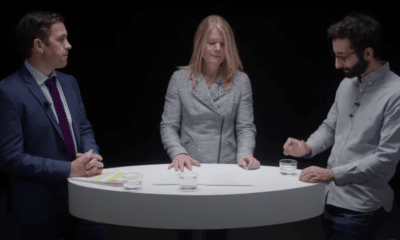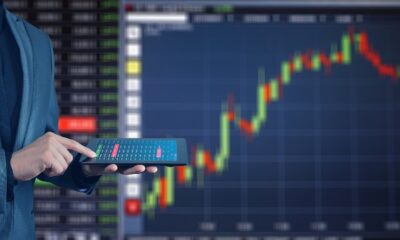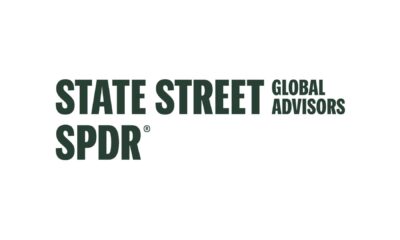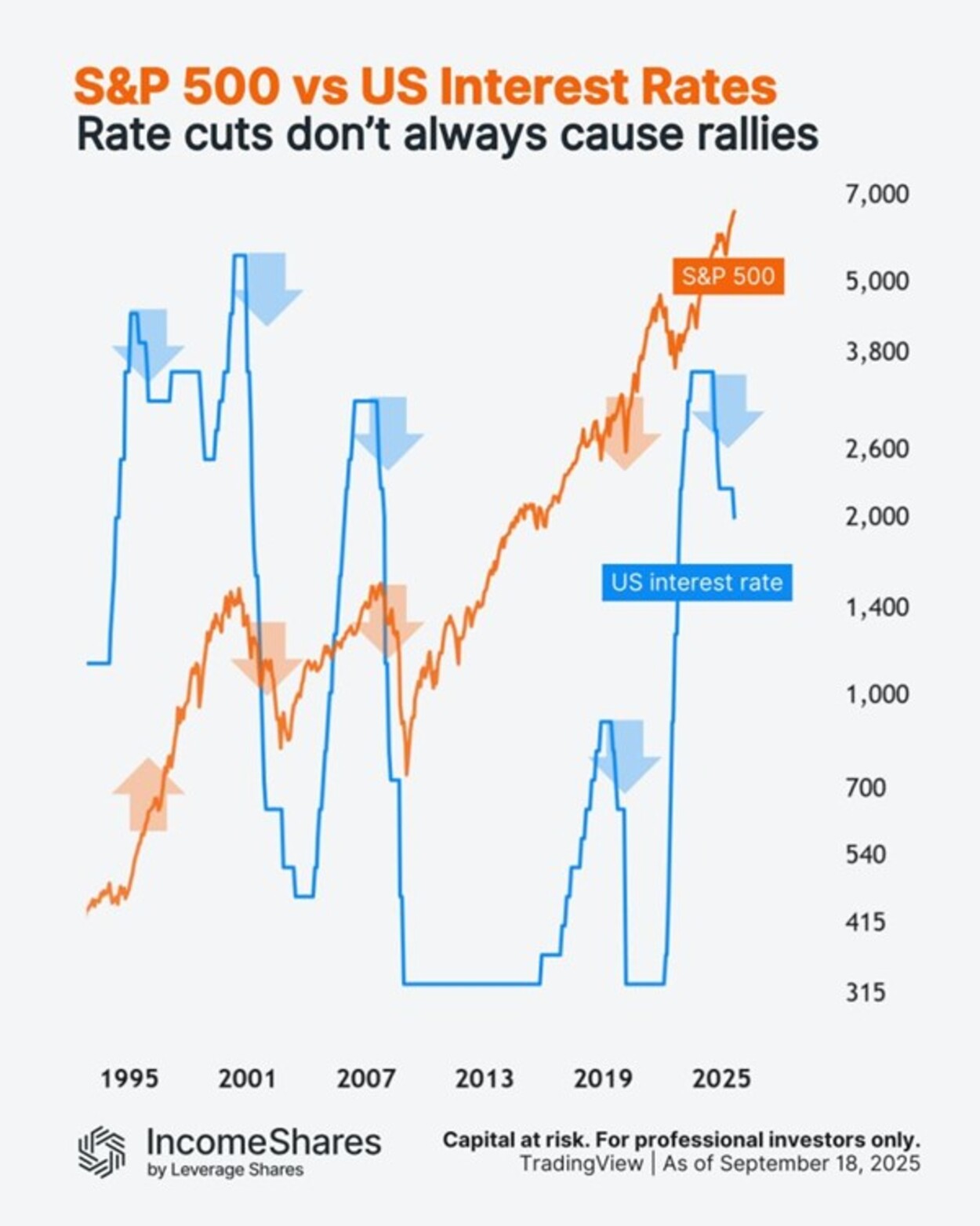Ett kapitalviktat index är en typ av marknadsindex med enskilda komponenter eller värdepapper, viktade enligt deras totala börsvärde. Börsvärdet använder det totala marknadsvärdet av företagets utestående aktier. Beräkningen multiplicerar utestående aktier med det aktuella priset på en enda aktie. Utestående aktier är de som ägs av enskilda aktieägare, institutionella blockinnehav och innehav av företagsinsider.
Komponenterna med högre marknadsvärde har en högre viktprocent i indexet. Omvänt har komponenter med mindre marknadsvärde lägre vikter i indexet. Ett kapitalviktat index är också känt som ett marknadsvärderat index.
Kapitalviktat index
• Ett kapitalviktade index är en typ av marknadsindex med enskilda komponenter som viktas enligt deras totala börsvärde.
• Komponenterna med högre marknadsvärde har en högre viktprocent i indexet. Omvänt har komponenter med mindre marknadsvärde lägre vikt i indexet.
• Kritiker av kapitalviktade index kan hävda att överviktningen mot större företag ger en snedvridning av marknaden.
Förstå kapitalviktade index
De flesta aktiemarknadsindex är kapitalviktade index, inklusive Standard and Poor’s (S&P) 500-index, Wilshire 5000 Total Market Index (TMWX) och Nasdaq Composite Index (IXIC). Marknadsindex ger investerare tillgång till en mängd olika företag, både stora och små.
Det kapitalviktade indexet använder ett aktiens börsvärde för att bestämma hur stor inverkan den aktuella aktien kan ha på det totala indexresultatet. Som nämnts tidigare kommer marknadsvärde eller marknadsvärde från värdet på utestående aktier. Investeringsgemenskapen använder denna siffra för att bestämma företagets storlek, i motsats till att använda försäljnings- eller totalsumman.
Som ett resultat, i sammansättningen eller sammansättningen av ett kapitalviktat index, kan stora rörelser i aktievärde för de största indexföretagen påverka värdet på det totala indexet betydligt. Eftersom stora företag med många utestående aktier tenderar att vara mer stabila intäktsproducenter kan de emellertid ge en stadig tillväxt för indexet. Å andra sidan tenderar små företag att ha en lägre vikt, vilket kan minska risken om företagen inte presterar bra.
Kritiker av de kapitalviktade indexen kan hävda att övervikt mot de större företagen ger en snedvridning av marknaden. De största företagen har emellertid också de största aktieägarbaserna, vilket gör det möjligt att ha en högre vikt i indexet.
Beräkning av ett kapitalviktat index
För att hitta värdet på ett kapitalviktat index kan vi multiplicera varje komponents marknadspris med dess totala utestående aktier för att nå det totala marknadsvärdet. Andelen av aktiens värde till det totala marknadsvärdet för indexkomponenterna ger företagets vikt i indexet. Tänk till exempel på följande fem företag:
• Företag A: 1 miljon utestående aktier, det aktuella priset per aktie motsvarar 45 USD
• Företag B: 300 000 utestående aktier, det aktuella priset per aktie motsvarar 125 USD
• Företag C: 500 000 utestående aktier, det aktuella priset per aktie motsvarar 60 USD
• Företag D: 1,5 miljoner utestående aktier, det aktuella priset per aktie är 75 dollar
• Företag E: 1,5 miljoner utestående aktier, det aktuella priset per aktie motsvarar 5 USD
Det totala marknadsvärdet för varje företag skulle beräknas som:
• Marknadsvärde för företag A = (1.000.000 x $ 45) = 45.000.000 $
• Marknadsvärde för företag B = (300 000 x 125 $) = 37 500 000 $
• Företags C marknadsvärde = (500 000 x $ 60) = $ 30 000 000
• Företags D marknadsvärde = (1 500 000 x 75 $) = 112 500 000 $
• Företags E marknadsvärde = (1 500 000 x 5 dollar) = 7 500 000 dollar
Hela marknadsvärdet på indexkomponenterna motsvarar 232,5 miljoner dollar med följande viktningar för varje företag:
• Företag A har en vikt på 19,4 procent (45,000,000 USD/232,5 miljoner USD)
• Företag B har en vikt på 16,1 procent (37,500,000 USD/232,5 miljoner USD)
• Företag C har en vikt på 12,9 procent (30,000,000 USD/232,5 miljoner USD)
• Företag D har en vikt på 48,4 procent (112,500,000 USD/232,5 miljoner USD)
• Företag E har en vikt på 3,2 procent (7500000 USD/232,5 miljoner USD)
Även om företagen D och E har lika många utestående aktier, 1 500 000, representerar de de högsta respektive lägsta vikterna i indexet, på grund av deras effekter på deras individuella marknadsvärden.
Nackdelen med kapitalviktade index
Med tiden kan företag växa i den utsträckning att de utgör en alltför stor vikt av ett index. När ett företag växer är indexdesigners skyldiga att allokera en större andel av företaget till indexet, vilket kan äventyra ett diversifierat index genom att lägga för mycket vikt på ett enskilt företags resultat.
Dessutom köper indexfonder eller börshandlade fonder ytterligare aktier i ett aktie när dess börsvärde ökar eller när aktiekursen ökar. Med andra ord, när aktiekursen stiger, köper fonderna fler aktier till de högre priserna, vilket kan vara kontraintuitivt för det investeringsmantra att köpa lågt och sälja högt.
Om ett företags aktier är övervärderade ur en grundläggande synpunkt kan inköp av aktien som dess börsvärde och prisökningar skapa en bubbla i aktiens pris. Som ett resultat kan köp av aktier baserade på marknadsvikten leda till en aktiemarknadsbubbla och öka risken för att bubblan spricker och skickar aktiekurser i fritt fall.
Fördelar
• Marknadsindex ger investerare tillgång till en mängd olika företag, både stora och små
• Stora väletablerade företag har en större vikt som ger en stadig tillväxt för indexet
• Små företag tenderar att ha en lägre vikt, vilket kan minska risken om företagen inte överlever
Nackdelar
• När ett aktiekurs stiger kan ett företag komma att få en alltför stor vikt i ett index
• Företag med större vikt kan ha en oproportionerlig inverkan på indexets resultat
• Fondförvaltare kan tvingas köpa aktier i övervärderade aktier som ger en större vikt och skapar en bubbla
Verkligt exempel
S&P 500 är ett vägt index med marknadsvärde som innehåller några av de mest väletablerade företagen i USA.
• Den 22 mars 2019 stängde Boeing Co. (BA) -2,83 procent till 362,17 USD medan Microsoft Corp (MSFT) stängde -2,64 procent till 117,05 USD för dagen.
• Boeing hade ett marknadsvärde på 209 miljarder dollar och en vikt på mindre än 1 procent i S&P 500 den dagen.
• Microsoft Corp. hade ett marknadsvärde på 909 miljarder dollar och en viktning på över 3 procent i S&P 500.
• Som ett resultat hade Boeings prisnedgång en mindre påverkan på S&P 500 än Microsofts påverkan trots att båda aktierna minskade med nästan samma procentandel.
• Med andra ord, Microsoft drog ner S&P 500 mer än Boeing för den dagen eftersom Microsoft hade ett större marknadsvärde än Boeing.
Det är viktigt att notera att marknadsvärderingarna förändras dagligen med företagens utestående aktier och deras priser, vilket resulterar i varierande påverkan på indexvärdet.

 Nyheter3 veckor sedan
Nyheter3 veckor sedan
 Nyheter4 veckor sedan
Nyheter4 veckor sedan
 Nyheter4 veckor sedan
Nyheter4 veckor sedan
 Nyheter4 veckor sedan
Nyheter4 veckor sedan
 Nyheter2 veckor sedan
Nyheter2 veckor sedan
 Nyheter4 veckor sedan
Nyheter4 veckor sedan
 Nyheter2 veckor sedan
Nyheter2 veckor sedan
 Nyheter4 veckor sedan
Nyheter4 veckor sedan
